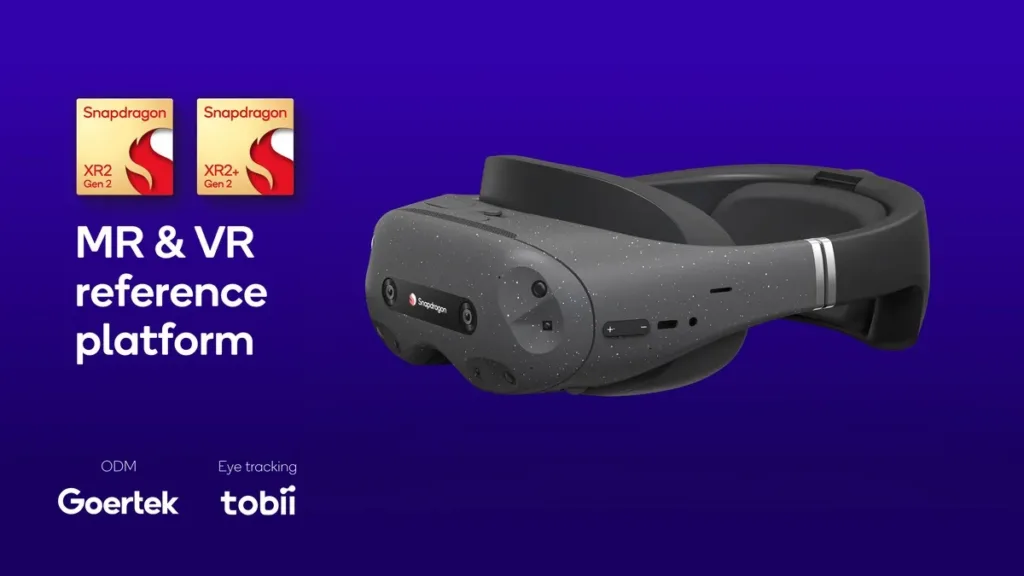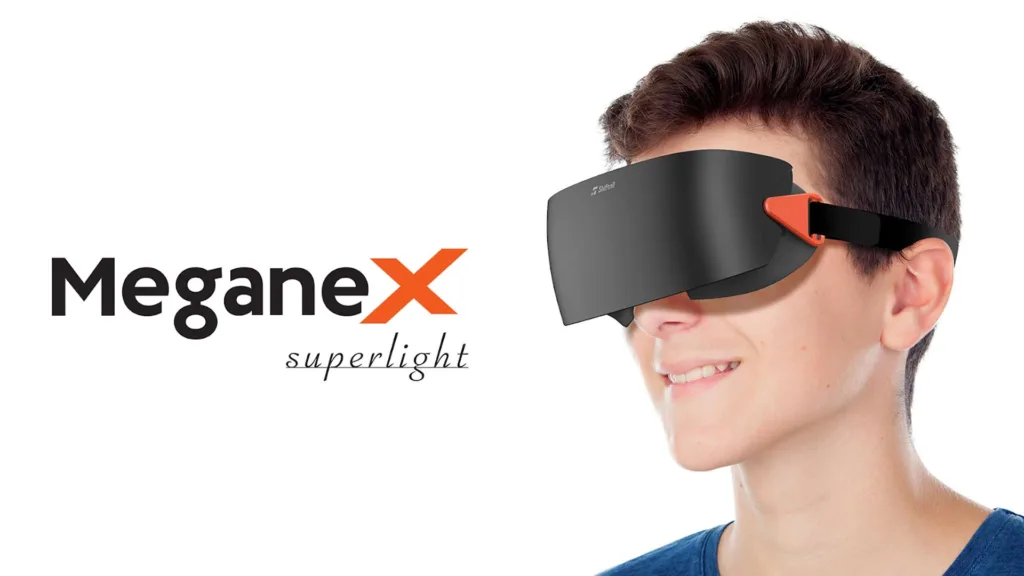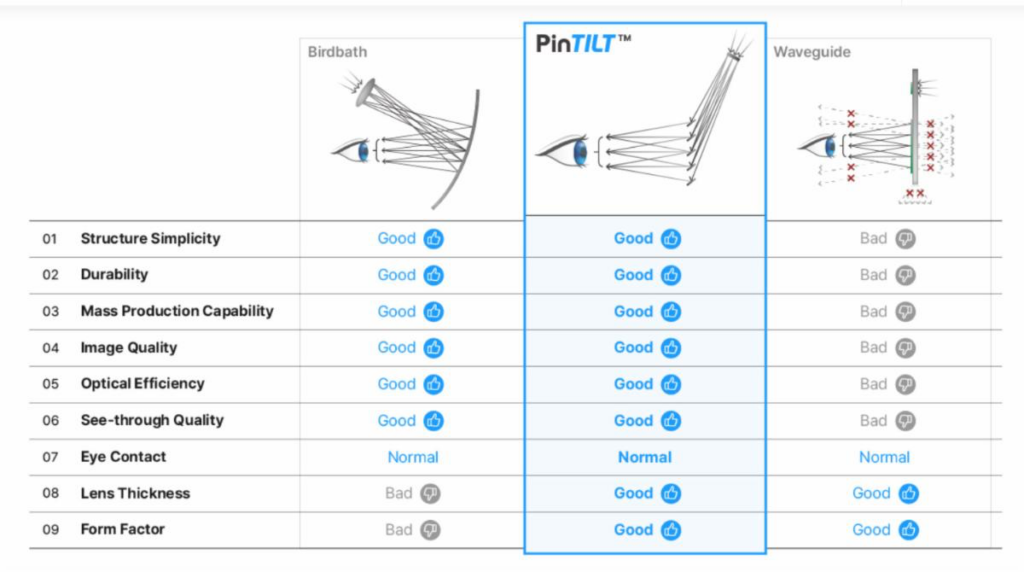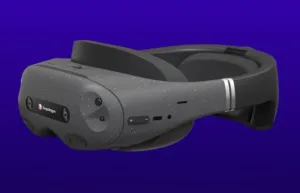The boss has made no secret of his lack of faith in the AR/VR market. Most of his negativity is driven by what he says is the lack of evidence to support real applications and use cases that would justify the investments being made. I think Meta has soured him on the product category (who knows why they spent so much money on it) and Apple’s Vision Pro just seemed to irritate him (full disclosure, I liked it).
It doesn’t mean that the world of AR and VR stops turning. There are a lot of things happening with CES 2024 starting tomorrow and all the press briefings being done now. So, here’s my summary of the more interesting bits and pieces.
| Ultraleap and Goertek |
|---|
| Ultraleap is collaborating with Goertek, a leading VR headset manufacturer. |
| The partnership aims to bring a new reference design for VR and MR headsets. |
| The design features pre-integrated hand tracking from Ultraleap’s Gemini platform. |
| The reference design simplifies and speeds up OEMs’ ability to integrate hand tracking. |
| The design is now available and allows hand tracking to run on cameras used for SLAM and controller tracking. |
| It aims to reduce costs for OEMs and headset manufacturers while maintaining high tracking performance. |
| The technology is expected to enhance immersion in various applications. |
| Ultraleap’s CEO, Tom Carter, compares natural hand interactions in VR to the role of touch in smartphones. |
| Xreal (Formerly Nreal) |
|---|
| Xreal (formerly Nreal) showcased new AR glasses, the Xreal Air 2 Ultra, at CES 2024. |
| The Xreal Air 2 Ultra reintroduces 6DoF spatial tracking and hand tracking. |
| It features a 52-degree FOV and 42 pixels per degree sharpness within an 80-gram titanium frame. |
| Priced at $699, it’s positioned as an alternative to Apple’s $3,499 Vision Pro. |
| The Air 2 Ultra requires an external computing unit like a smartphone, computer, or Xreal’s Beam module. |
| Compatible with Qualcomm Snapdragon processors in devices like the Samsung Galaxy S23, iPhone 15, and computers running Xreal’s Nebula launcher. |
| Features include three electrochromic dimming levels, directional audio, and dual microphones. |
| Utilizes Sony micro OLED panels with 1080p resolution, up to 120Hz refresh rate, and up to 500 nits brightness. |
| Certified for Color Accuracy, Eye Comfort, Low Blue Light, and Flicker-Free usage by TÜV Rheinland. |
| Available for pre-order at $699, with a $100 discount for previous Nreal Light customers. |
| Aims at developers with its upcoming Unity-based NRSDK 2.2, enhancing hand tracking and spatial anchors. |
| Xreal’s strategy focuses on attracting developers to build its mixed reality ecosystem. |

| Qualcomm and Samsung |
|---|
| Qualcomm introduces a new VR chip, Snapdragon XR2 Plus Gen 2, enhancing VR and AR headsets. |
| The chip will be used in Samsung and Google’s upcoming mixed reality headset. |
| This new chip allows for more cameras and sensors, 4K video, and faster connections with other devices. |
| The XR2 Plus Gen 2 offers higher-resolution displays and supports more simultaneous cameras and trackers. |
| It promises up to 4.3K pixel resolution per eye at a 90Hz refresh rate. |
| The chip enables better passthrough camera quality for more immersive AR experiences. |
| Supports up to 12 cameras and sensors, improving eye and face tracking capabilities. |
| Could include radar-based Soli sensor technology for near-body gesture tracking. |
| Qualcomm’s reference device with this chip uses Tobii eye-tracking for foveated rendering. |
| Wi-Fi 7 support enhances connectivity with laptops, tablets, and phones. |
| The partnership aims to provide an alternative to Meta’s Quest 3 and Apple’s Vision Pro. |

| Panasonic |
|---|
| Shiftall, a Panasonic subsidiary, announces the MeganeX superlight PC VR headset and HaritoraX Wireless R body trackers. |
| The MeganeX superlight is about 50% lighter than the original MeganeX, weighing around 200g. |
| It features the same display specs as the original: dual 2,560 × 2,560 1.3-inch micro-OLED displays (120Hz). |
| The new version omits inside-out cameras, speakers, and glasses-style struts, using an all-plastic lens. |
| Only supports 6DOF tracking through Valve’s external SteamVR base stations. |
| Release expected in 2024, but pricing not yet announced. |
| The original MeganeX was soft-launched in Japan at $1,700 but hasn’t been released globally. |
| Shiftall also announces ‘mutalk 2’, a $200 wireless soundproof microphone for VR and standard devices, with pre-orders open and launch set for May 2024. |

| LetinAR |
|---|
| LetinAR is at CES 2024 showcasing its Pintilt AR optical solutions and a new Frontiar Pro optical system. |
| The company claims Frontiar Pro lenses address brightness uniformity issues in previous AR systems. |
| Jorjin, an XR device manufacturer, has introduced J8L Glasses using LetinAR’s optical system. Nimo has launched Nimo One, also equipped with LetinAR’s technology. |
| LetinAR was a finalist in the SPIE’s PRISM Awards for its contributions to vision technology. |

The interesting thing about all these announcements is that if I tied them together I can see why the boss is less than enthusiastic about AR/VR headsets. First, Qualcomm is the platform for these kinds of devices and getting Samsung affirms the company’s position. That means that the hardware is going to be a bit me too for all the developers. So, what is the differentiation?
It bears out in the range of products that are often promoted by AR/VR enthusiasts. None of them really stand out, and the one standout that exists, the Vision Pro, is just too far out there for it to be meaningful to the kind of users that you want, like the ones Meta gets for the Quest. But, the Quest is an entertainment product, and spatial computing sounds like it is only for IT computing applications.
There’s no single software platform or application set that is driving this market, like Windows did on PCs, for example. So, that’s a problem. And, if you have one platform, basically Qualcomm’s hardware, you get a lot of products that don’t seem to have a reason to exist. It’s not like there is a shortage of supply or their is an excess of demand that makers of headsets are jumping in to meet the needs of.

